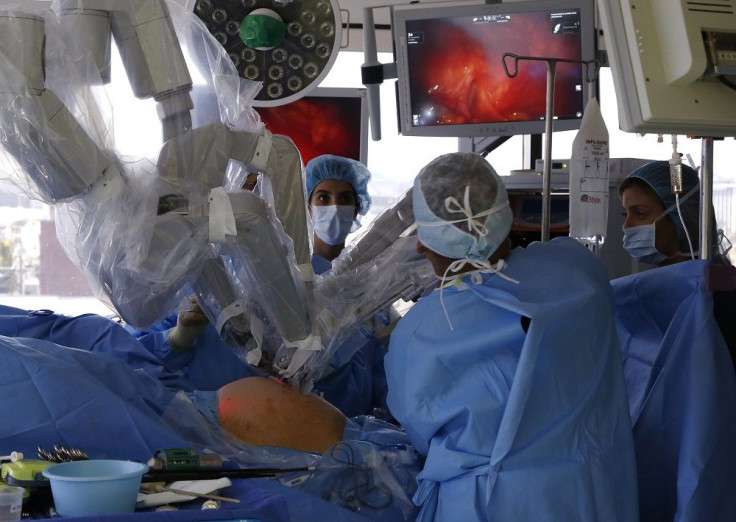Brit Man Born With Womb To Undergo Hysterectomy

A Lancashire businessman thought he was suffering from bladder cancer due to bleeding. When he went to a doctor for check-up, he was surprised to find out that it was possibly menstruation because he has female reproductive organs.
The doctors had him undergo a biopsy, which came back clear, so the next step was an MRI scan due to blood in his urine.
“The diagnosis came as a bombshell. I’ve never seen myself as anything but an ordinary bloke who has a normal sex life. I was shocked when the consultant said I had a fully functioning set of women’s reproductive organs,” Telegraph quotes the 37-year-old businessman.
Since he has a full functioning uterus, ovaries and a cervix, he is capable of producing eggs, conceiving and carrying a baby.
His medical condition is known as persistent Mullerian duct syndrome (PMDS), which is a result of the body developing an external male organ but also has internal female reproductive organs. Usually, people with PMDS discover their dual reproductive organs after birth or during puberty, although it could also be discovered at other ages.
PMDS is a rare disorder, according to Genetics Home Reference, but its prevalence is unknown. The condition is due to the mutation in the anti-Mullerian hormone (AMH) gene or AMHR2. The former instructs the body to make the AMH, while the latter instructs it to produce another protein, the AMH receptor type II. Both hormones are involved in male sex differentiations. Only males are affected by PMDS. Females who have two mutated copies of the AMH gene do not exhibit signs and symptoms of the disorder.
One indicator of his PMDS, though, was that at six months, he had to undergo surgery for an undescended testicle. The businessman recalls experiencing odd symptoms for many years such as discomfort and dull ache during and after sex when he reached his teens and went into his 20s. At 18, the blood in his urine appeared, although repeated lab tests failed to yield any results.
Doctors have prescribed that he undergo hysterectomy, or the removal of his internal female reproductive organs, but one downside to that procedure is he would go through menstruation.
The businessman, who is in a relationship with a woman, has been advised to visit a specialist in Manchester for more tests and for the hysterectomy. To find the extent of his gender balance, he also needs to go through DNA tests.
“It’s possible tests will show I’m both male and female, but I feel completely right living life as a guy. Even if tests showed I was mostly a woman, I will still continue living as a man,” he says. Last week, it was the other way around after a woman just gave birth to twin girls, made possible by hormone therapy, because she was born genetically a man, and had a very small womb that was grown through the therapy. The couple also resorted to in vitro fertilisation.
To contact the write, email: v.hernandez@ibtimes.com.au




















